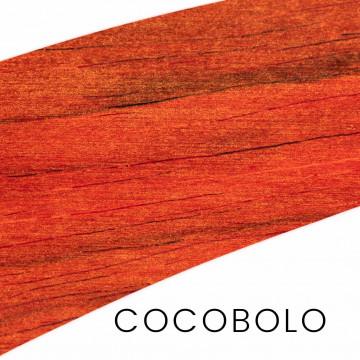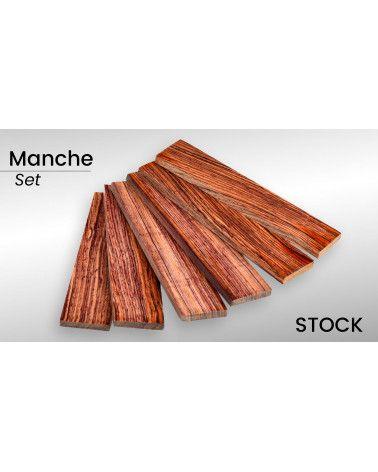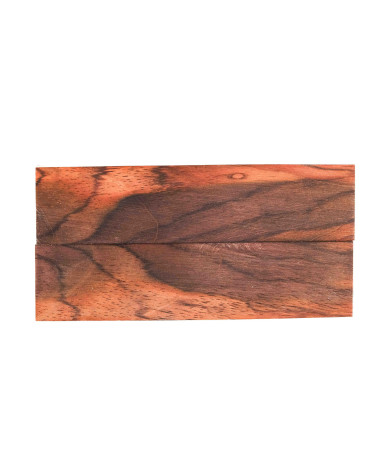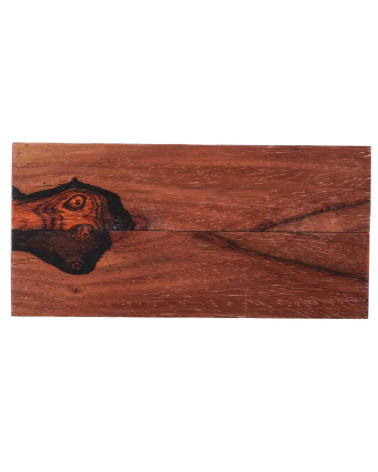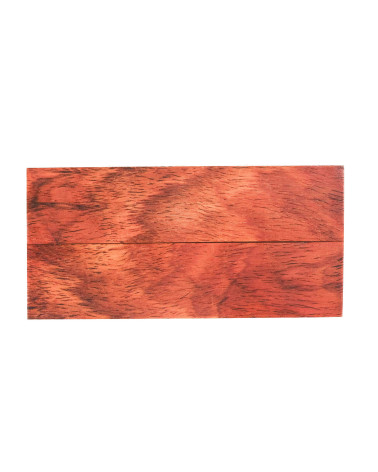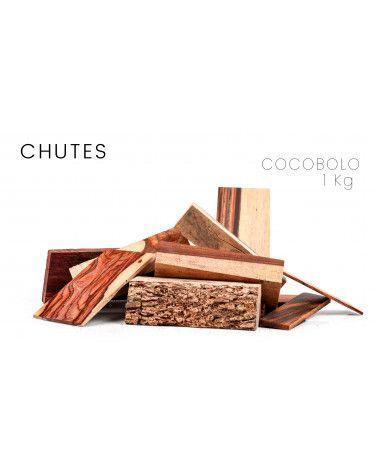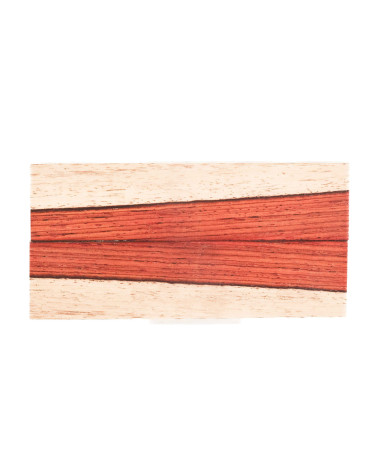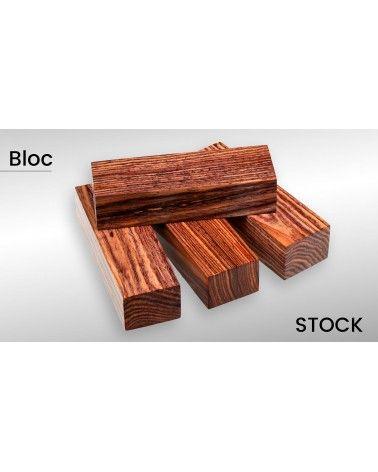Cocobolo scales (x2) for creators and knife making - dalbergia retusa CITES N°FR1609...
Stock : 8
dalbergia retusa OW
In order to offer you the most attractive prices, this product is not sold polished. Photo for information.
All...
€8.00

